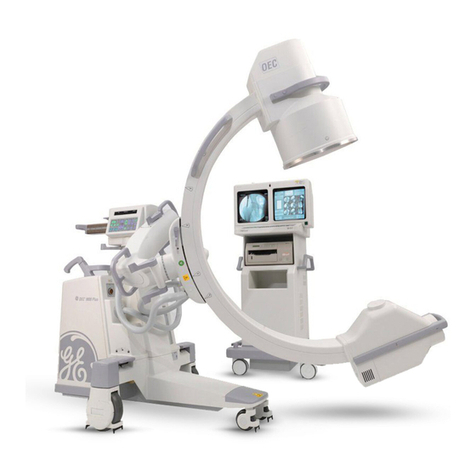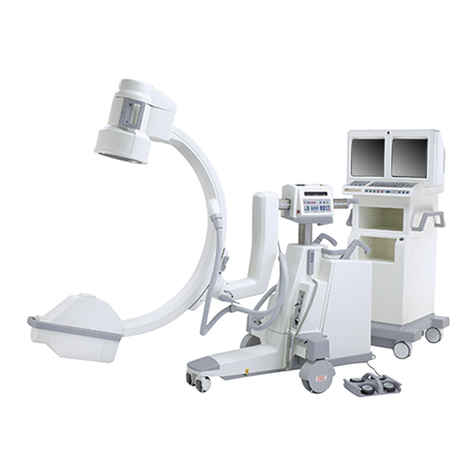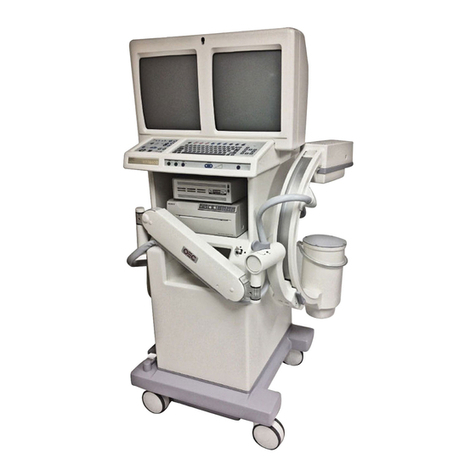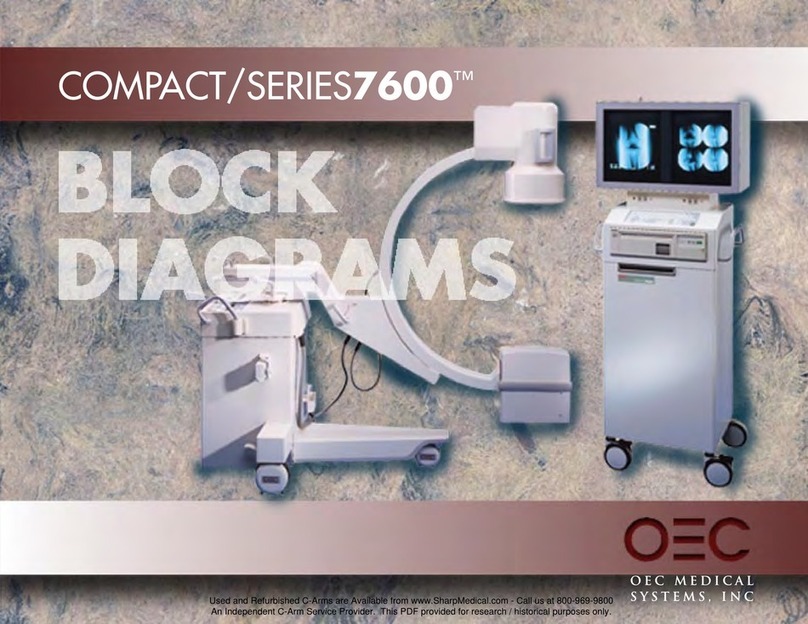
C-Arm Subsystem
C-Arm Subsystem
Circuit/Mechanical Descriptions.....................................................................................................................................................2
Subsystem Description..................................................................................................................................................................2
Major Assembly and Control Locations.........................................................................................................................................8
Subystem Functional Breakdown................................................................................................................................................14
Functional Tests.............................................................................................................................................................................14
Boot Test .....................................................................................................................................................................................14
Fluoro Mode Performance Check ...............................................................................................................................................15
Film Mode Performance Check...................................................................................................................................................16
Mechanical Movement Check .....................................................................................................................................................16
Brakes ....................................................................................................................................................................................16
Wheels/Casters ......................................................................................................................................................................17
Wig Wag .................................................................................................................................................................................17
Flip Flop (Standard C-Arms only) ...........................................................................................................................................17
L-Rotation ...............................................................................................................................................................................17
Orbital .....................................................................................................................................................................................17
Vertical Lift/.............................................................................................................................................................................18
Horizontal Cross-Arm .............................................................................................................................................................18
Fault Isolation.................................................................................................................................................................................19
Boot Test .....................................................................................................................................................................................19
Fluoro Mode ................................................................................................................................................................................20
Film Mode....................................................................................................................................................................................21
Mechanical Movement ................................................................................................................................................................21
1
Service
Periodic Maintenance
Contents
Schematics
Illustrated Parts
Installation
































